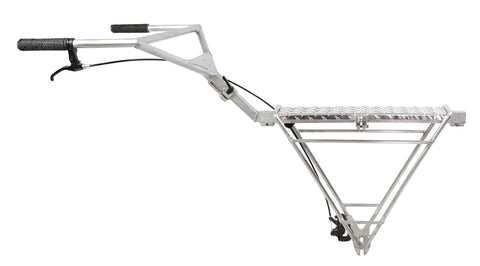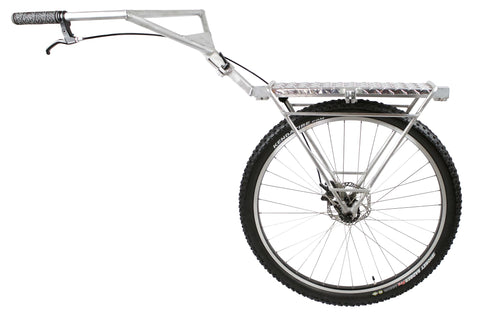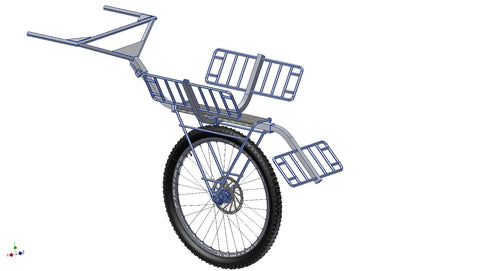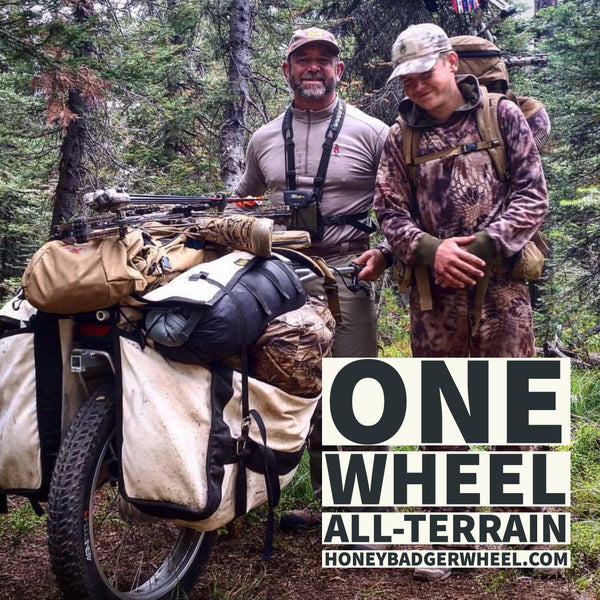
The Game Cart Needs a Voice Sounding from the Wilderness
The Game Cart for Human Powered Travel in Wilderness Areas Act
When it comes to legislation, too often, tradition outweighs common sense. This is the case involving the Wilderness Act and a recent attempt by Utah senators Mike Lee and Orrin Hatch to modify it with the Human Powered Travel in Wilderness Areas Act. Under the current legislation, there is a blanket ban on using "mechanical wheels" such as the game cart in wilderness areas while bringing pack animals like horses and mules into these types of locales is permitted.
The original law was created before people started assessing the impact of different activities on environmental areas. If studies had been available for those who wrote the Wilderness Act of 1964, policymakers would have realized that pack animals are much more damaging than some wheeled devices. Legislators don’t have that excuse now since a number of studies show the damage that horses and pack animals wreak on nature trails.
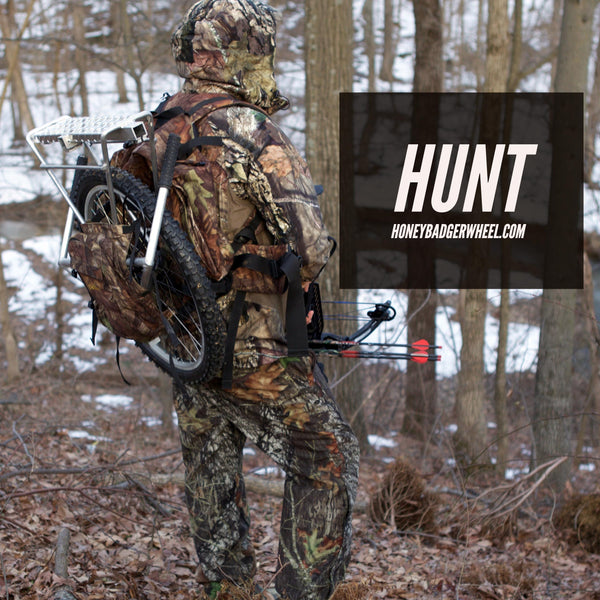
A Way for People to Enjoy the Wilderness
The National Wilderness Preservation System was put in place to ensure that people have access to nature-inspired solitude along with the recreational opportunities that Mother Nature provides. As the legislation now stands, it’s harder than it should be for people to spend time enjoying wilderness areas. Bikes and wheel-based equipment would make it easier. Changing the legislation to permit wheeled units into these places could have the added benefit of encouraging people to get up off their sofas to experience the great outdoors.

Because the Wilderness Act of 1964 bans the use of wheeled devices, those who hunt struggle more than they need to when it comes to participating in the sport fully. Unless they own pack animals, it’s a major challenge to remove what they harvest from areas that prohibit wheeled units. Because of this, many hunters are forced to abandon parts of the animal they would normally use if they had the means to remove it from the backcountry.
A Compromise is Available
While we would agree that small motorized vehicles, such as side-by-sides and four wheelers, cause major environmental degradation to wilderness areas, there are wheeled devices that are less damaging. In fact, they are less damaging than what is currently allowed in the Wilderness Act. These banned devices are hiking carts, game carts, and trail-designed hiking strollers. A good example of this is the Honey Badger Wheel.
Instead of banning everything with wheels, legislators could compromise by permitting people to use non-motorized units. By allowing this type of equipment to enter our wilderness areas, the country’s legislators can improve the outdoor experience for hunters, families, hikers and backpackers while continuing to preserve these spaces.

Photo courtesy of Russ Meyer at GotHunts.com
But, Should the Compromise Be Made?
Along with allowing mountain bikes to enter wilderness areas, the new Wilderness bill will also permit people such as trail crews to bring in chainsaws, hunters to push game carts, and parents to push a trail-designed stroller. The concern of the bill’s opponents is that many wildlife and wilderness areas already face added pressures due to population growth, a quickly changing climate and an overall increase in the use of mechanical equipment. They say that the last thing that sensitive environmental areas need is an invasion of mountain bikes or other pieces of equipment.
It’s important to note that the Utah senators who introduced the bill are working with the Sustainable Trails Coalition. After assessing the voting record of these two legislators, the League of Conservation Voters found that both men have a lifetime environmental voting record that comes in at only 10 percent. The group’s lifetime vote tally gave Senator Mike Lee ten percent and Senator Orrin Hatch received a rating of ten percent as well. However, their voting record may be irrelevant in respect to an apolitical bill and the bill must be considered individually for its contents. Additionally, a review of the League's scorecard state by state shows that few legislators have scores above ten percent and a surprising number score zero percent by the League's scoring standards.
Those who are against changes to the bill claim that the Wilderness Act has done its job by protecting natural places. This may be true, but we think that there is room for improvement. Why can’t we protect wilderness areas and recreate in them? It’s time to allow products like the game cart into places where we can appreciate nature.
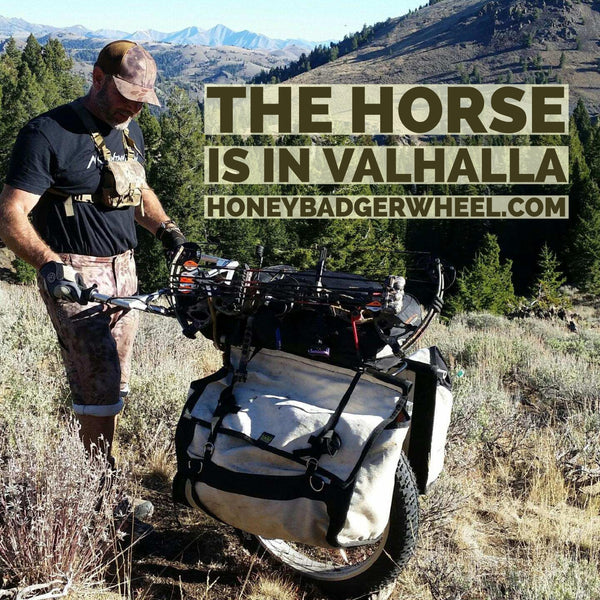
The Impact of Hiking
Hiking is one of the most studied areas of recreation ecology research in the United States and Australia. Because of this, researchers have a good idea as to how hiking affects the environment. Most of the research on hiking has been concentrated on soil and vegetation changes that are easy to observe. According to these studies, the activity causes soil loss and compaction. Hiking also decreases the moisture in soil, and it results in a loss of organic litter and native plant species. Studies show that hiking changes an area’s vegetation composition and introduces non-indigenous weeds.
The proliferation of weeds is an important indirect impact of hiking, and it’s one that has cumulative effects. Once a weed species has established itself in a protected area, it will continue to spread even if a park bans hiking. When hiking trails are constructed, they become passageways for dispensing foreign species into pristine areas. Trails do this because they alter the existing landscape.

The clothing that hikers wear is the most common way that weed transfer happens. Socks and shoes collect large amounts of seed. A study completed in Hawaii resulted in researchers collecting 179 different plant species from the clothing and equipment of hikers. Of the 179 plant species gathered, 43 of them were weeds that were capable of causing serious environmental damage.
Hikers also leave human waste in environmental areas, which affects plant growth. When people hike, they spread human pathogens. Studies in Australia and the U.S. found that people were responsible for spreading invasive water molds. These molds are dangerous to native plants including some that are rare and under threat.
The Impact of Pack Animals
The Wilderness Act of 1964 permits people to use horses or pack animals to recreate in the great outdoors. They can ride in on their horses or bring pack animals to transport their belongings. Hunters can also use pack animals to carry out their kills. According to environmental studies, horses impact nature-based areas by compacting soil, causing erosion and widening trails. Hikers cause many of these same conditions, but horses are typically responsible for more damage because they weigh more.
When tethered for a short break or the night, it’s the natural instinct of horses and pack animals like mules and llamas to graze. This damages an area’s grasses and other edible species. When discussing horses and the environment, the conversation must include the impact of poop. Unlike wheeled vehicles, horses produce about 35 to 55 pounds of dung each day.

Horses are also responsible for unleashing buckets of urine. In stables, people manage horse waste to avoid contaminating waterways, but this isn’t the case when the animals are taken out into wilderness areas. Seed transfer also occurs via horses. The animals transfer seeds with their hoofs and coats as well as through their manure. When horses eat, they ingest seeds from a number of different plant species. Studies show that seeds from 216 species remain viable for up to 10 days after passing through a horse’s digestive track. At least 45 of these species are from weeds.
The U.S. studies weren’t able to prove that weed seeds from horse manure take hold along the trails of protected areas, but at least one researcher spotted a weed sprouting from horse dung on a walking trail. On the other hand, studies completed in Europe have confirmed the connection between horse manure and weeds.
The Impact of Mountain Bikes
Mountain biking is growing in popularity across the globe with people embracing the sport in remote locales and urban areas. As with hiking and recreational horseback riding, those who mountain bike often do so on defined nature trails. The activity also takes place in areas with no existing trails. Researchers in the United States, Canada and Australia have studied the environmental impact of mountain biking. These studies have mainly focused on measuring an area’s degrading trail conditions and soil erosion.
One of the first studies on the environmental impact of mountain bikes took place in a Montana national forest. By using sample plots and simulated rainfall events, the research crew determined that mountain biking produced a smaller amount of sediment from the area’s trails than hikers and horses did. These results almost mirror the ones that followed a more recent study that was conducted in the southwestern United States. In this study, the mountain bike trails were degraded about the same as the area's hiking trails. To conduct the study, researchers measured the sediment yield following naturally occurring rainfall events over a month or two.
One of the first studies on the environmental impact of mountain bikes took place in a Montana national forest. By using sample plots and simulated rainfall events, the research crew determined that mountain biking produced a smaller amount of sediment from the area’s trails than hikers and horses did. These results almost mirror the ones that followed a more recent study that was conducted in the southwestern United States. In this study, the mountain bike trails were degraded about the same as the area's hiking trails. To conduct the study, researchers measured the sediment yield following naturally occurring rainfall events over a month or two.
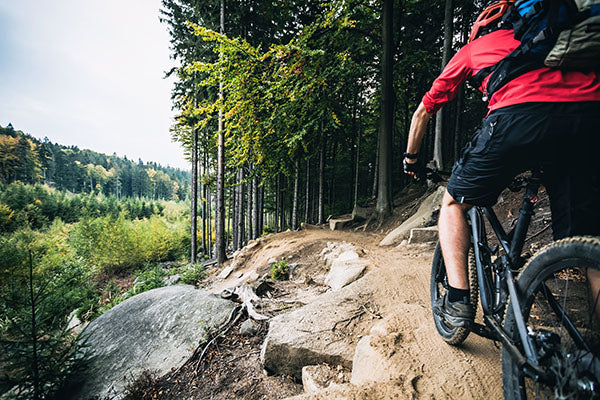
A study has also taken place on the biophysical changes that occurred on a newly constructed mountain bike trail over the course of five seasons. Researchers found that the vegetation and soil experienced noticeable changes initially, but the alterations tapered off. According to the study, a trail’s slope has the most influence on the changes in its condition while the amount of use is not a significant factor.
However, a study in Western Australia discovered that mountain biking was responsible for causing various biophysical impacts, which included erosion due to skidding, the development of ruts and conflict between users. People also added unauthorized construction elements to some of the trails.
The degree and severity of mountain biking on nature trails seems to have a connection with the type of riding styles that people are doing. When mountain bikers ride fast and wild while tackling steep slopes and battling wet conditions, the trail impact is greater than it is when people operate their bikes at slower speeds.
Most of the discussion regarding the proposed legislation has focused on mountain biking. The focus should shift to bikepacking. Bikepacking is like backpacking but with a bike. This group of outdoor enthusiasts has grown exponentially in recent years. Like backpackers, bikepackers are serious about conservation. Their voice should be heard and listened to in order to fully grasp the ramifications of new legislation.
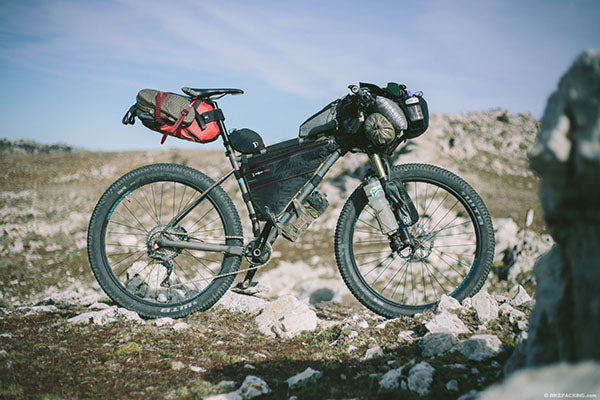
Comparing the Impacts of Hiking, Horses and Mountain Biking
Researchers and protected area managers may agree that more research is needed to determine the full impact that hiking, horses and mountain bikes have on environmental areas. When comparing the results of the research that has been done, researchers have found that horses actually cause the most damage to protected areas.
Since the Wilderness Act permits horses in sensitive areas, it seems that the legislation is antiquated and in need of modification. Additionally, several studies show that mountain biking does not result in a higher level of impact to wilderness areas than hiking. Therefore, since 1964, the Wilderness Act has allowed the most damaging of the three into the wilderness. The Wilderness Act of 1964 has banned the least damaging method of travel in the wilderness: the bicycle wheel. This would indicate that if people want to explore nature, then they should do so by bike or with single wheeled assistance from a cart.
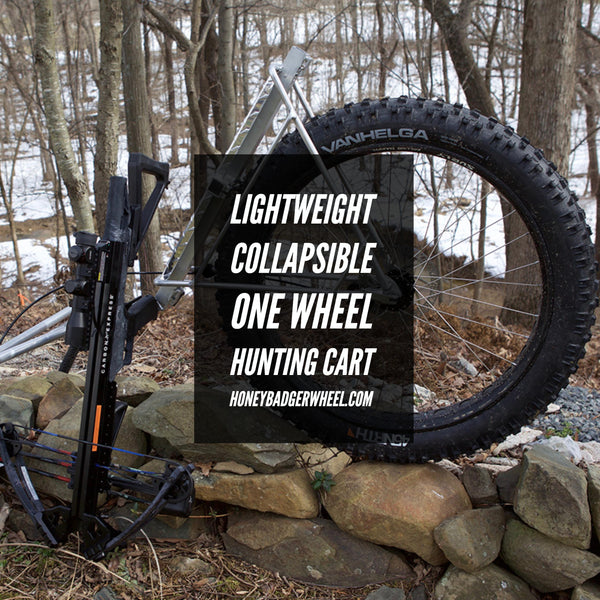
Let’s Get Serious about Leave No Trace
It is assumed that since big game carts feature the same basic mechanics as mountain bikes, the impact that they have on nature-based areas is similar. In fact, the environmental impact of a game cart is actually less because the user travels at a lesser speed compared to a bicycle. Reducing the impact even more is the fact that people push a game cart. This means that less weight is driven into the ground.
When it comes to wilderness areas, trails are largely considered an essential element. Trails give people a way to reach remote areas. They also accommodate a variety of recreational activities while simultaneously protecting an area’s natural resources. Trails protect nature-based places by providing a designated path for people to travel along. These paths are narrow, and they are usually made from a consistent material. This makes them generally safe to walk on and highly visible.

Park officials design and construct formal trails by excavating soil and removing vegetation. While this step destroys some of an area’s natural plant life and transforms the existing terrain, it is beneficial because it keeps the damage to one spot. Research shows that when people take over a wilderness area and turn it into a place for recreational activities, a number of common environmental impacts occur. The negative impacts include a loss of plant life, compositional modifications, soil compaction, muddiness and diminished water quality. The act of taking over a wilderness area also disrupts wildlife and causes erosion.
People can lessen their negative impact on environmental areas by sticking to an area's trails and by using wheeled units instead of pack animals. Because the environmental impact of hiking and biking are essentially the same, those who prefer to spend their leisure time in the great outdoors can do so by bike or with the aid of a game cart without feeling guilty that they’re harming the area more than they would be if they were just on foot.

Why Finding Middle Ground Helps Everyone
Common sense in the legislature could help both sides of the debate find middle ground by permitting some wheeled units into wilderness areas. For instance, if officials permit wheeled items like game carts to enter places where nature reigns, they will be making it easier for some people and possible for others to access the country's national parks and forests. This allows greater opportunities for people to witness America's wilderness areas and become proponents for conservation.
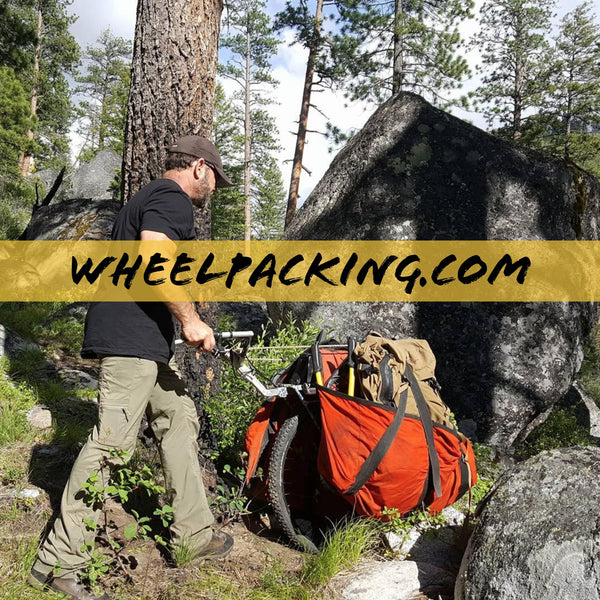
WHEELpacking: The Space Between BACKpacking and BIKEpacking
Consider the possibility that as 'bikepacking' is becoming mainstream in areas like Colorado, so to may 'wheelpacking'. More environmentally-friendly methods of exploring allow for more conservationists to join the effort of preserving our sacred territories. A hiking cart that takes the weight off a hiker's back and places it on a single wheel is the ideal method for exploring wilderness. Perhaps one day we'll see backpacking, bikepacking, and wheelpacking on the same wilderness trails. As it is now, we can only see backpacking. It will take an act of congress to change that.
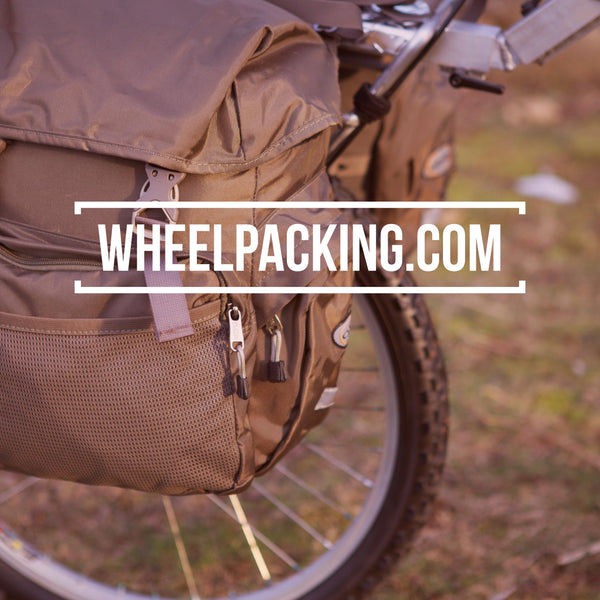
Preventing an Environmental Tragedy
Wheeled products like the game cart, hiking cart, and hiking stroller, make traveling along hiking trails a pleasant activity. Parents who want to take their children on hikes or individuals who need a way to transport their outdoor equipment or game will appreciate the convenience of this device. While it’s important to conserve the environment, it’s also important for people to enjoy the splendor that Mother Nature has to offer. If people aren’t able to spend time appreciating the environment and its precious attributes, they may become apathetic to preservation efforts. A few changes to the Wilderness Act and a handy single wheeled cart can prevent this tragedy.

